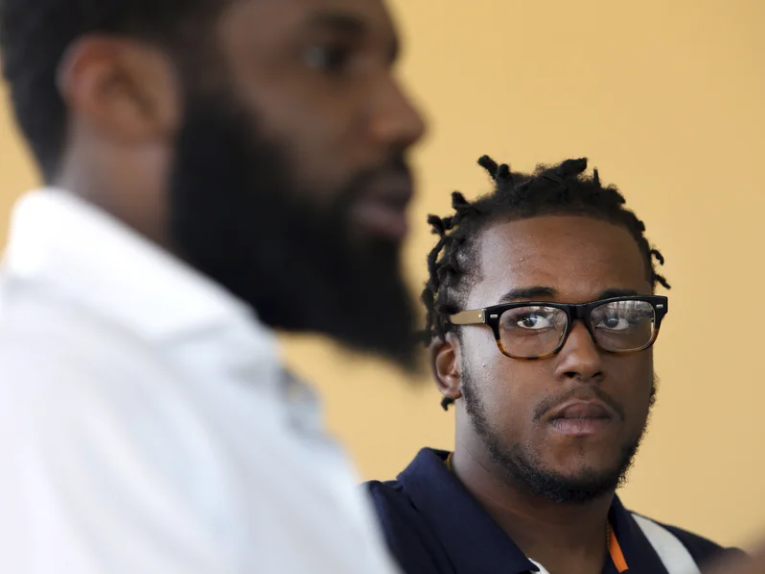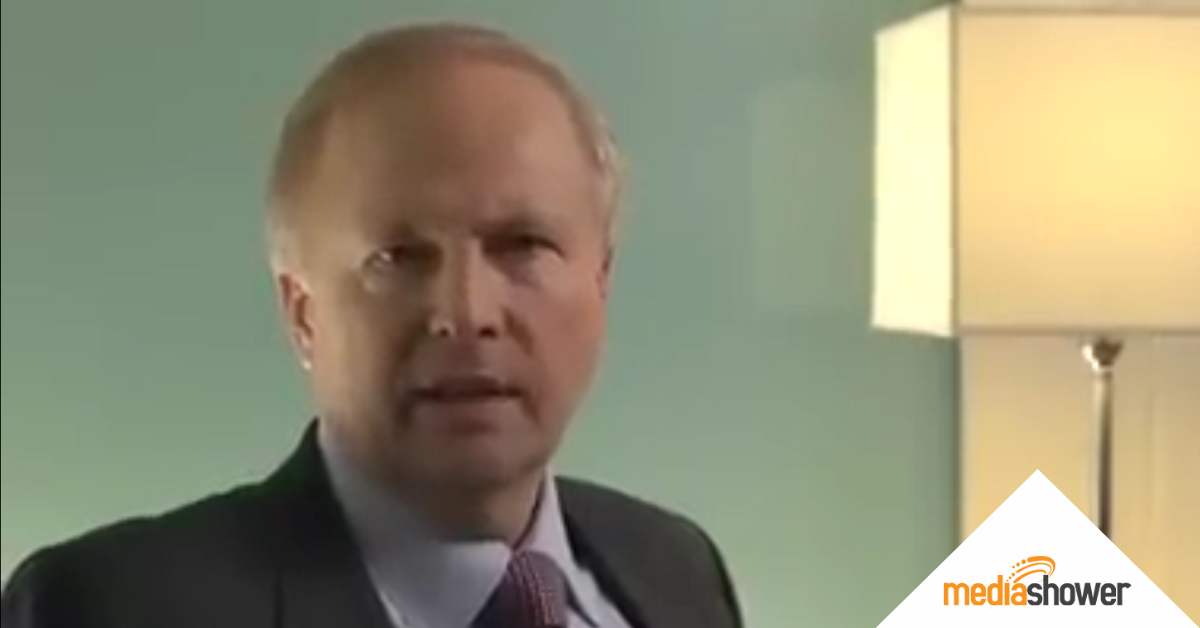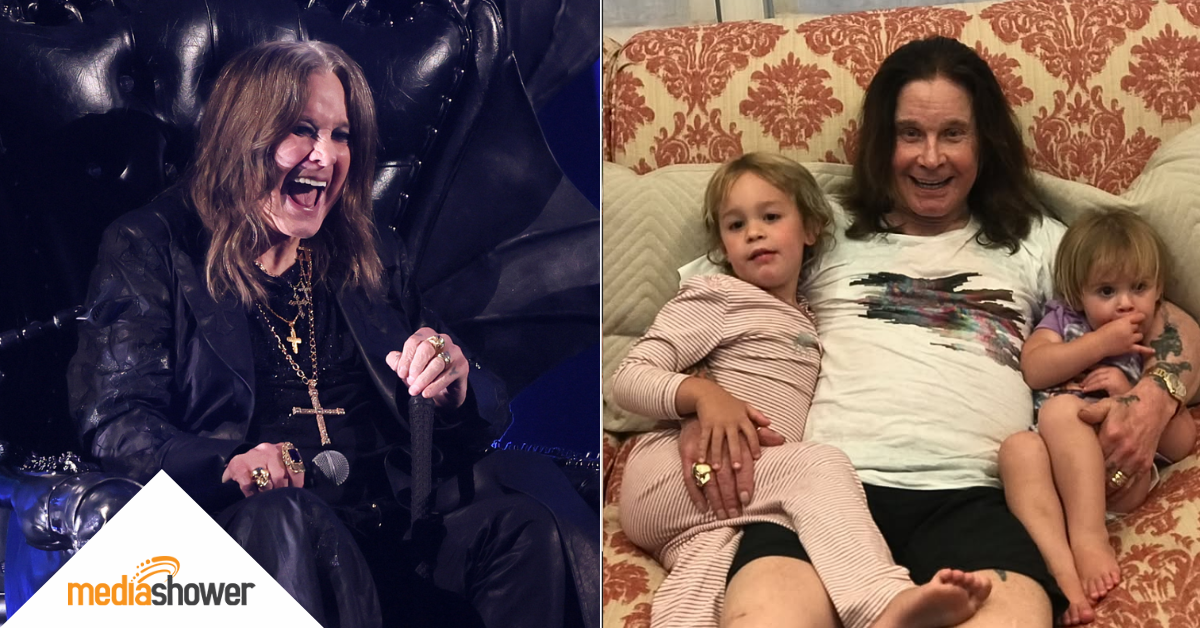
In 2018, an incident at a Philadelphia Starbucks turned into a corporate nightmare that would cost millions and reshape how companies handle racial discrimination crises.
Two Black entrepreneurs met for a business meeting at the Rittenhouse Square location. Within minutes, they were in handcuffs. Within hours, the video went viral.
Within days, Starbucks faced a full-blown reputation crisis that threatened everything the brand stood for.
The incident forced Starbucks to confront uncomfortable truths about implicit bias in its stores and sparked a response that would become a case study in crisis management—both for what went right and what continues to haunt the company years later.
The Crisis Unfolds
What went wrong
Rashon Nelson and Donte Robinson were business partners who’d chosen the familiar Starbucks location for a real estate meeting with their associate Andrew Yaffe. Nelson arrived first and asked to use the restroom while he waited.
The manager told him it was for paying customers only—a policy that, while technically standard, would soon become the spark for a national conversation about racial bias in public spaces.
Robinson arrived, and the two men sat down to wait for their business partner. Within two minutes of their arrival, the manager called 911, reporting that two men were “refusing to make a purchase or leave.”
The speed of that escalation would later become a focal point of the controversy. Other customers in the store reported seeing white patrons who hadn’t purchased anything sitting undisturbed, highlighting the selective enforcement that lay at the heart of the incident.
Three Philadelphia police officers arrived within minutes. They immediately asked the men to leave without asking any questions about why they were there.
As Nelson and Robinson calmly explained they were waiting for a business meeting, their colleague Andrew Yaffe walked through the door—just in time to see his business partners being handcuffed and perp-walked out of the store.
The men spent eight hours in custody before being released without charges.
The original video
The viral moment
Melissa DePino, a customer in the store at the time, captured the arrest on her phone, posting it to Twitter with a simple question that would resonate across the country:
“All the other white ppl are wondering why it’s never happened to us when we do the same thing.”
The video exploded across social media, picking up 11 million views within days. The footage showed something that many Black Americans recognized as routine but that shocked others: two calm, well-dressed men being arrested for simply existing in a space while Black.
Protesters descended on the Philadelphia store within 48 hours, staging sit-ins and demanding accountability. The incident became a flashpoint in ongoing national conversations about racial discrimination, with #BoycottStarbucks trending and comparisons drawn to lunch counter sit-ins of the civil rights era.
The company that had built its brand on being a welcoming “third place” between work and home suddenly faced accusations that this welcome wasn’t extended equally to all customers.
Starbucks’ Initial Response Strategy
First damage control attempts
The company’s first statement on Saturday came across as tone-deaf to many observers. The generic corporate language about being “disappointed” and committed to “addressing this with the store partners” failed to acknowledge the severity of what had happened.
MIT crisis management expert Roberta Pittore later noted that this initial response lacked the specificity and genuine accountability that the situation demanded.
The statement felt like it could have been written for any minor customer service issue, not a racial discrimination incident that had captured national attention.
Within 24 hours, CEO Kevin Johnson recognized the inadequacy of that first response and pivoted dramatically. His second statement used much stronger language, calling the situation “reprehensible” and acknowledging that the company’s practices and training had failed.
This shift from corporate defensiveness to genuine accountability marked the beginning of Starbucks’ real crisis response.
CFO Kevin Johnson: “I own it.”
Leadership takes ownership
Johnson immediately flew to Philadelphia, demonstrating through action that this crisis had reached the highest levels of company leadership. He personally met with Nelson and Robinson, offering face-to-face apologies and listening to their experiences.
He appeared on Good Morning America, taking personal responsibility and explicitly stating that the arrest “should not have happened.”
The CEO’s visible, personal involvement sent a clear message both internally and externally: Starbucks understood the gravity of the situation. Johnson didn’t hide behind PR teams or legal advisors. He put himself front and center, accepting blame and committing to concrete action.
This personal accountability from leadership would become a defining element of Starbucks’ response that other companies would later try to emulate.
Starbucks closes 8000 stores
The Bold Move That Defined Their Response
Unprecedented store closure decision
On April 17, just five days after the incident, Starbucks announced a decision that stunned the business world: the company would close more than 8,000 company-owned stores on May 29, 2018, for mandatory racial-bias training.
This meant nearly 175,000 employees would spend an afternoon confronting uncomfortable truths about discrimination and implicit bias.
The financial implications were staggering. Analysts estimated the closure would cost Starbucks approximately $12 million in lost revenue—a price tag that demonstrated the company was willing to put substantial money behind its apology.
Starbucks Racial Bias Preview
No major corporation had ever undertaken such a massive, simultaneous training initiative in response to a single incident.
Critics questioned whether a half-day training could meaningfully address deeply rooted biases. Supporters argued that the gesture itself—the willingness to sacrifice millions in revenue—sent a powerful message about corporate priorities.
The closure became as much about symbolism as substance, showing customers, employees, and competitors that Starbucks would accept significant financial pain to address racial discrimination.
Expert collaboration
Starbucks brought in heavyweight partners from the civil rights community to ensure credibility and effectiveness. The advisory team read like a who’s who of racial justice advocacy:
- Bryan Stevenson, founder of the Equal Justice Initiative and author of “Just Mercy,” brought expertise in confronting historical racial injustice.
- Sherrilyn Ifill, president of the NAACP Legal Defense Fund, provided legal and policy perspectives on discrimination.
- Heather McGhee, president of Demos, offered insights on structural racism and economic inequality.
- Eric Holder, former U.S. Attorney General, lent government and legal authority to the effort.
- Jonathan Greenblatt, CEO of the Anti-Defamation League, contributed expertise on bias and prejudice reduction.
These partnerships served multiple purposes. They provided genuine expertise in developing effective anti-bias training. They also gave Starbucks political and social cover: critics would have to contend with attacking programs developed by respected civil rights leaders.
The collaboration showed that Starbucks understood this wasn’t just a PR problem to be managed but a social issue requiring real expertise.
Immediate Consequences and Settlements
Swift personnel changes
The Philadelphia store manager who called police “no longer works at that store,” Starbucks announced, though the company carefully framed it as a “mutual” decision. This swift action addressed public demands for accountability while avoiding potential legal complications from a direct firing.
The departure sent a clear message to other store managers about the consequences of discriminatory actions.
Regional management also saw changes, though these wouldn’t become fully public until years later. The company quietly restructured leadership in the Philadelphia region, attempting to signal change while avoiding the appearance of scapegoating.
Financial settlements
Nelson and Robinson’s settlement with Starbucks included an unusual component that reflected their entrepreneurial backgrounds: free tuition to complete bachelor’s degrees through Arizona State University’s online program.
This creative settlement allowed both parties to frame the resolution positively—the men could pursue education to support their business ambitions, while Starbucks could point to constructive outcomes from the crisis.
The settlement with the City of Philadelphia was even more symbolic: $1 each for Nelson and Robinson, plus a $200,000 commitment to a program supporting young entrepreneurs.
The men essentially turned their platform into an opportunity to create opportunities for others, transforming a personal injustice into community investment.

Long-term Impact and Unintended Consequences
The training effectiveness question
Starbucks’ massive training initiative earned initial praise, but measuring its actual impact proved nearly impossible.
University of Wisconsin professor Patricia Devine, who studies prejudice reduction, noted that few studies have successfully tracked whether unconscious bias training changes real-world behavior.
The 175,000 employees who participated reported mixed experiences. Some described breakthrough moments—finally understanding how seemingly neutral policies affected different customers differently.
Store managers shared stories about recognizing their own assumptions. Baristas discussed situations where they’d felt uncomfortable but hadn’t known how to respond. Yet other employees dismissed the sessions as corporate damage control that sidestepped harder questions about company culture and promotion practices.
![]()
Overcorrection?
The crisis took an unexpected turn in 2023 when a federal jury awarded $25.6 million to Shannon Phillips, a white former regional manager who claimed she was fired as a “sacrificial lamb” after the incident.
Phillips alleged that Starbucks unfairly punished white employees who had no involvement in the Philadelphia incident to demonstrate the company was taking action.
The verdict highlighted the complex legal ramifications of corporate crisis response. In trying to show accountability for racial discrimination, had Starbucks engaged in reverse discrimination?
The case demonstrated how crisis management decisions made in the heat of the moment could create legal vulnerabilities years later.
Continued commitment
Despite challenges and criticism, Starbucks maintained its focus on bias training beyond the initial May 29 closure. The company rolled out 12 additional training modules over the year following the incident, covering topics like cultural perspectives, engaging with empathy, and building diverse teams.
These ongoing efforts suggested that Starbucks viewed the Philadelphia incident not as a one-time crisis to manage but as a catalyst for sustained organizational change.
What Starbucks Got Right
Starbucks’ response reveals several crisis management best practices that other companies have since tried to replicate:
- Speed of response. Johnson personally apologized within days and traveled to Philadelphia immediately, preventing the crisis from festering.
- Taking ownership. The company clearly acknowledged fault rather than deflecting blame to a “rogue employee” or “misunderstanding.”
- Substantive action. The store closure was symbolic, but it also represented significant financial commitment to change.
- Expert guidance. Partnering with recognized civil rights organizations added credibility to their efforts.
- Transparency. Sharing training materials with other companies showed genuine commitment to broader change beyond just protecting Starbucks’ reputation.

Marketer Takeaways
- Visible action beats proven results in crisis response. Major public incidents demand immediate, large-scale responses that demonstrate accountability to stakeholders, even when ROI remains unmeasurable.
- Internal buy-in determines external credibility. Secure genuine organizational commitment before making public promises about culture change—employee skepticism will undermine any external messaging.
- Track brand recovery metrics, not training effectiveness. Focus measurement on brand perception, foot traffic, and sales rather than attempting to quantify behavioral change from awareness programs.
- Symbolic gestures carry real market value. The investment itself becomes the message—substantial resource commitment reassures customers and investors regardless of individual outcome measurement.
- Choose speed over perfection in crisis communication. Announce concrete response plans within days of an incident—waiting for perfect solutions extends reputational damage.
Media Shower’s AI marketing platform helps brands blend speed with substance to make marketing that matters. Click here for a free trial.


